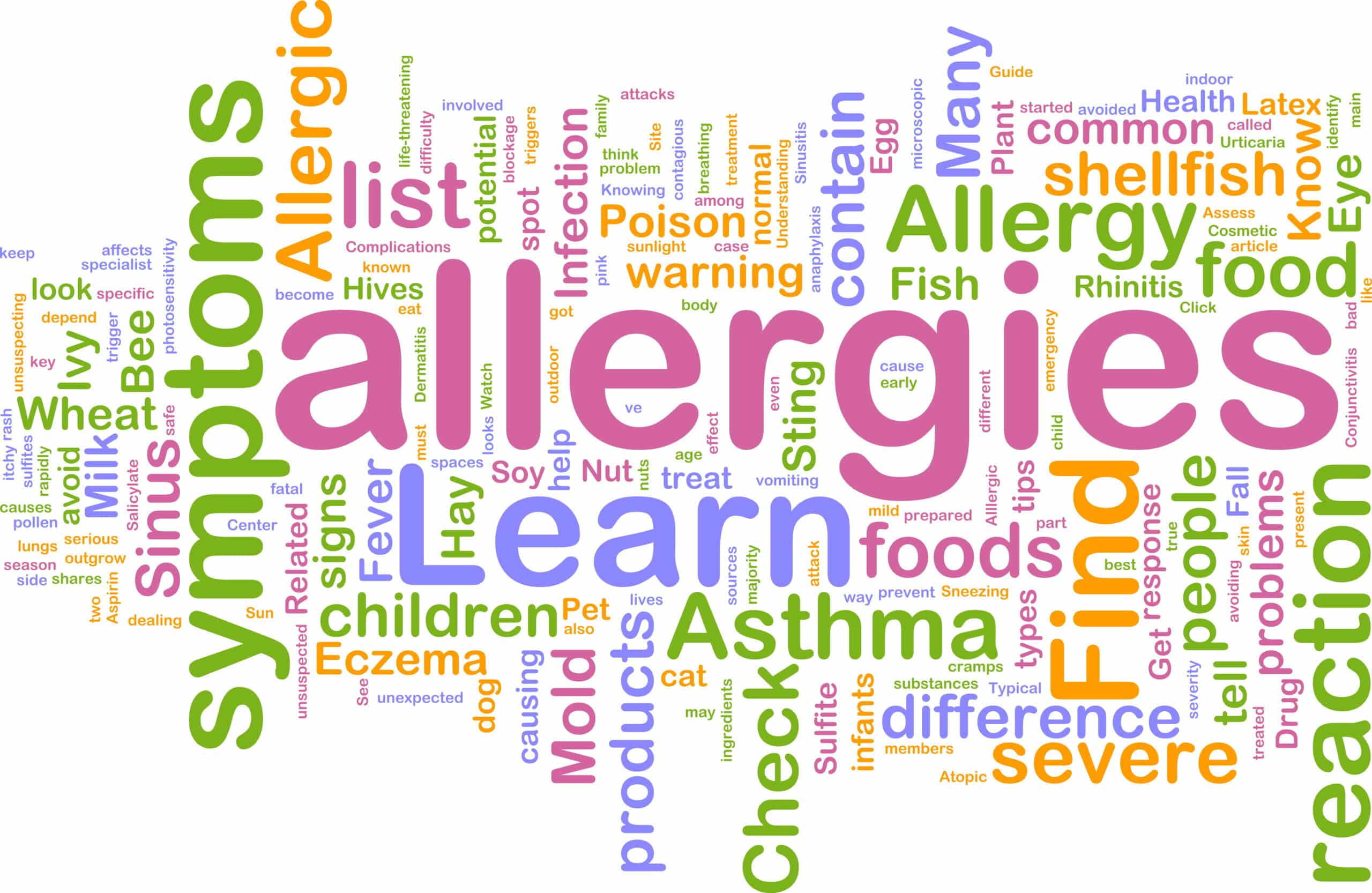Contributing factors to food allergy include genetics that alter skin absorbency, skin exposure to allergens in dust and skin exposure to food combining to make the perfect storm to trigger a reaction. According to the Centers for Disease Control and Prevention food allergies seem to be on the rise, and effect 4-6% of children in new developments within the USA, with prevalence of reported allergies increased by 18%, recent hospitalization data supports this. Up to 35% of food allergies have been shown by studies to be accompanied by atopic dermatitis, which can mostly be explained by 3 different gene mutations that reduce skin barrier.
Discovery was made via clinical evidence on human food allergies and the effects food and environmental allergen exposure and neonatal mice with genetic mutations which occur in humans. Model animals with skin barrier mutations were exposed to food allergens including peanuts, which alone had no effect.
Skin issues which occur with skin barrier mutations may not be visible until some time after exposure to food allergen has already happened. The model animals had normal appearing skin, dermatitis didn’t develop until the equivalence of being a human young adult. Animals received 3-4 skin exposures from dust and food allergens for 40 minutes over 2 weeks and fed either egg or peanut. Allergic reactions were observed at site of skin exposure, and in the intestine, severe anaphylaxis was measured by decreased body temperature.
Skin barrier dysfunction was present in order for the allergy to develop, there is a variety of continuum of severe to mild dysfunction with atopic dermatitis or eczema, which at mildest can appear to just be dry skin. Skin barrier defects have changes in skin proteins which are results of gene mutations that are primarily heterozygous, meaning there is amuation in 1-2 gene copies.
Preclinical model animals were heterozygous for skin barrier mutations, which were co-exposed to allergens including dust, peanut, egg, and sodium lauryl sulfate. These novel studies provided foundation for additional test interventions that may block development of food allergies.
Molecular responses in the skin which are unique to the combination the combination of skin exposure and genetics are being studied by the team currently, with the goal to determine the unique signals that occur within the skin during allergy development to help develop intervention approaches for those signals to stop the development of food allergies.




